Nanoscale drug-delivery capsules that release their therapeutic cargo when triggered by a temperature change could boost the efficacy and reduce the side effects of many drugs.
Researchers at RIKEN have combined lipids and peptides to create capsules with temperature-responsive controlled release behavior (Journal of the American Chemical Society, “Spontaneous formation of gating lipid domain in uniform-size peptide vesicles for controlled release”). The hybrid capsules combine the advantages of each material to enhance both capsule stability and controlled release.
Although many experimental drug-delivery capsules, or ‘vesicles’, have been developed recently, several hurdles still have to be overcome before they can be widely used in the real world, explains Motoki Ueda from the RIKEN Center for Emergent Matter Science, who co-led the study alongside Yoshihiro Ito.
“Some of the problems that still need to be solved include low stability, short circulation times in the bloodstream, controlled drug release and poor targeting of tissue,” Ueda says. “I’m convinced that soft materials can overcome these problems.”
Lipid assemblies are soft materials that have many advantages as drug-delivery vesicles, including the ability to self-assemble, biocompatibility, biodegradation, phase transitions at useful temperatures and the ability to fuse to cell membranes. But vesicles made purely from lipids are too fragile to withstand for long the physical stresses encountered when traveling through the bloodstream.
Now, Ito, Ueda and their colleagues have created high-stability, drug-delivery vesicles by combining lipids with peptides—another soft material that has the ability to self-assemble. The hybrid vesicles consisted mainly of a tough peptide material interspersed with small patches of lipid.
“The peptide-rich areas make the hybrid vesicles highly stable,” says Ueda. The hybrid vesicles are more stable than lipid vesicles, retaining their shape and structural integrity when stored for a month at 4 degrees Celsius. “On the other hand, the lipid domain underwent a phase change from gel to liquid crystal.”
Image Credit: Alfred Pasieka
News This Week
The Silent Battle Within: How Your Organs Choose Between Mom and Dad’s Genes
Research reveals that selective expression of maternal or paternal X chromosomes varies by organ, driven by cellular competition. A new study published today (July 26) in Nature Genetics by the Lymphoid Development Group at the MRC [...]
Study identifies genes increasing risk of severe COVID-19
Whether or not a person becomes seriously ill with COVID-19 depends, among other things, on genetic factors. With this in mind, researchers from the University Hospital Bonn (UKB) and the University of Bonn, in [...]
Small regions of the brain can take micro-naps while the rest of the brain is awake and vice versa
Sleep and wake: They're totally distinct states of being that define the boundaries of our daily lives. For years, scientists have measured the difference between these instinctual brain processes by observing brain waves, with [...]
Redefining Consciousness: Small Regions of the Brain Can Take Micro-Naps While the Rest of the Brain Is Awake
The study broadly reveals how fast brain waves, previously overlooked, establish fundamental patterns of sleep and wakefulness. Scientists have developed a new method to analyze sleep and wake states by detecting ultra-fast neuronal activity [...]
AI Reveals Health Secrets Through Facial Temperature Mapping
Researchers have found that different facial temperatures correlate with chronic illnesses like diabetes and high blood pressure, and these can be detected using AI with thermal cameras. They highlight the potential of this technology [...]
Breakthrough in aging research: Blocking IL-11 extends lifespan and improves health in mice
In a recent study published in the journal Nature, a team of researchers used murine models and various pharmacological and genetic approaches to examine whether pro-inflammatory signaling involving interleukin (IL)-11, which activates signaling molecules such [...]
Promise for a universal influenza vaccine: Scientists validate theory using 1918 flu virus
New research led by Oregon Health & Science University reveals a promising approach to developing a universal influenza vaccine—a so-called "one and done" vaccine that confers lifetime immunity against an evolving virus. The study, [...]
New Projects Aim To Pioneer the Future of Neuroscience
One study will investigate the alterations in brain activity at the cellular level caused by psilocybin, the psychoactive substance found in “magic mushrooms.” How do neurons respond to the effects of magic mushrooms? What [...]
Decoding the Decline: Scientific Insights Into Long COVID’s Retreat
Research indicates a significant reduction in long COVID risk, largely due to vaccination and the virus’s evolution. The study analyzes data from over 441,000 veterans, showing lower rates of long COVID among vaccinated individuals compared [...]
Silicon Transformed: A Breakthrough in Laser Nanofabrication
A new method enables precise nanofabrication inside silicon using spatial light modulation and laser pulses, creating advanced nanostructures for potential use in electronics and photonics. Silicon, the cornerstone of modern electronics, photovoltaics, and photonics, [...]
Caught in the actinium: New research could help design better cancer treatments
The element actinium was first discovered at the turn of the 20th century, but even now, nearly 125 years later, researchers still don't have a good grasp on the metal's chemistry. That's because actinium [...]
Innovative Light-Controlled Drugs Could Revolutionize Neuropathic Pain Treatment
A team of researchers from the Institute for Bioengineering of Catalonia (IBEC) has developed light-activated derivatives of the anti-epileptic drug carbamazepine to treat neuropathic pain. Light can be harnessed to target drugs to specific [...]
Green Gold: Turning E-Waste Into a Treasure Trove of Rare Earth Metals
Scientists are developing a process inspired by nature that efficiently recovers europium from old fluorescent lamps. The approach could lead to the long-awaited recycling of rare earth metals. A small molecule that naturally serves [...]
Cambridge Study: AI Chatbots Have an “Empathy Gap,” and It Could Be Dangerous
A new study suggests a framework for “Child Safe AI” in response to recent incidents showing that many children perceive chatbots as quasi-human and reliable. A study has indicated that AI chatbots often exhibit [...]
Nanoparticle-based delivery system could offer treatment for diabetics with rare insulin allergy
Up to 3% of people with diabetes have an allergic reaction to insulin. A team at Forschungszentrum Jülich has now studied a method that could be used to deliver the active substance into the [...]
Nanorobot kills cancer cells in mice with hidden weapon
Researchers at Karolinska Institutet in Sweden have developed nanorobots that kill cancer cells in mice. The robot's weapon is hidden in a nanostructure and is exposed only in the tumor microenvironment, sparing healthy cells. [...]
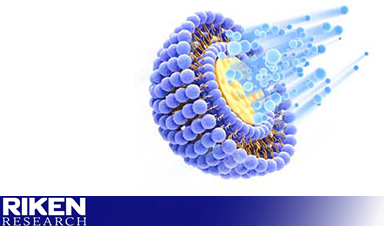
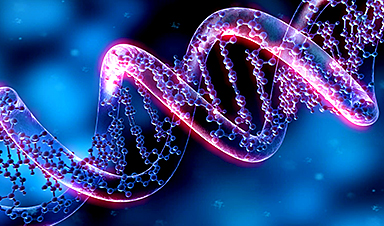
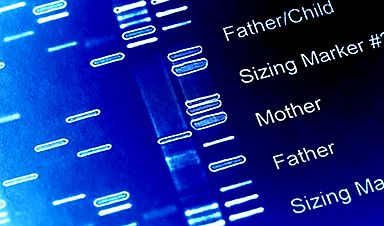
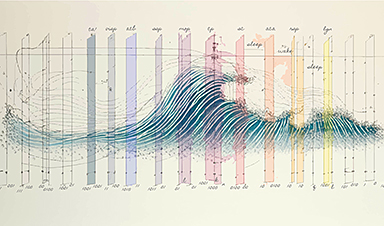
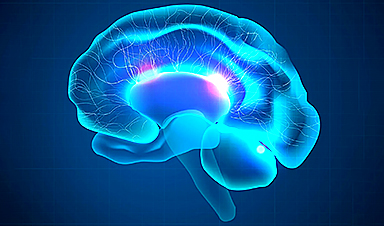
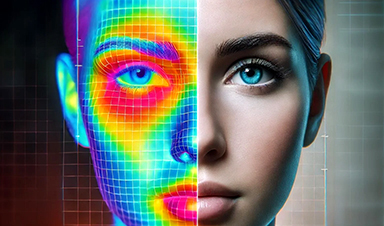

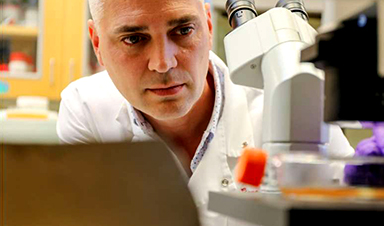
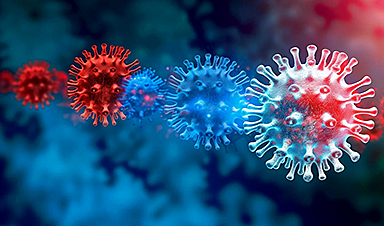
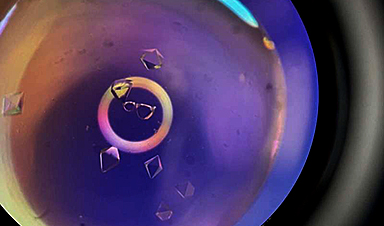
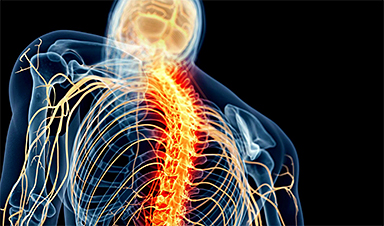
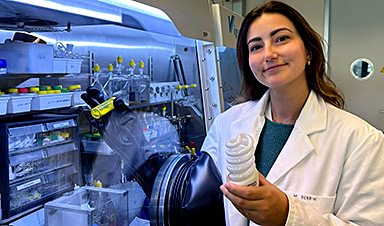

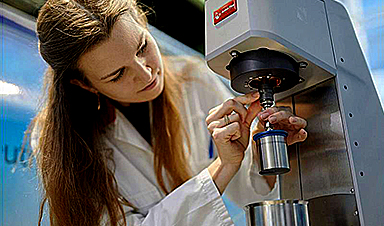
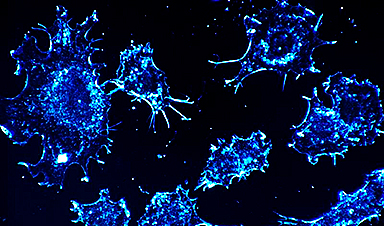






Leave A Comment